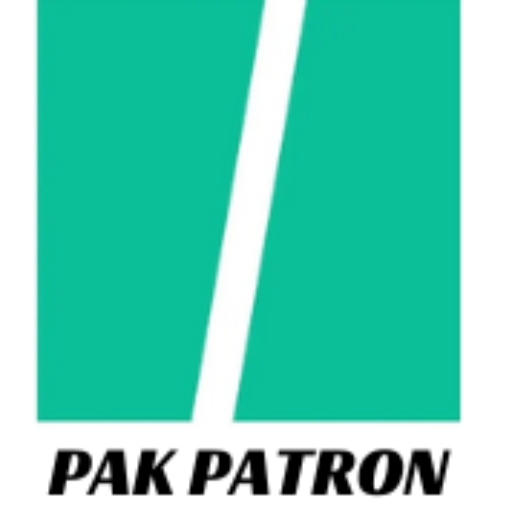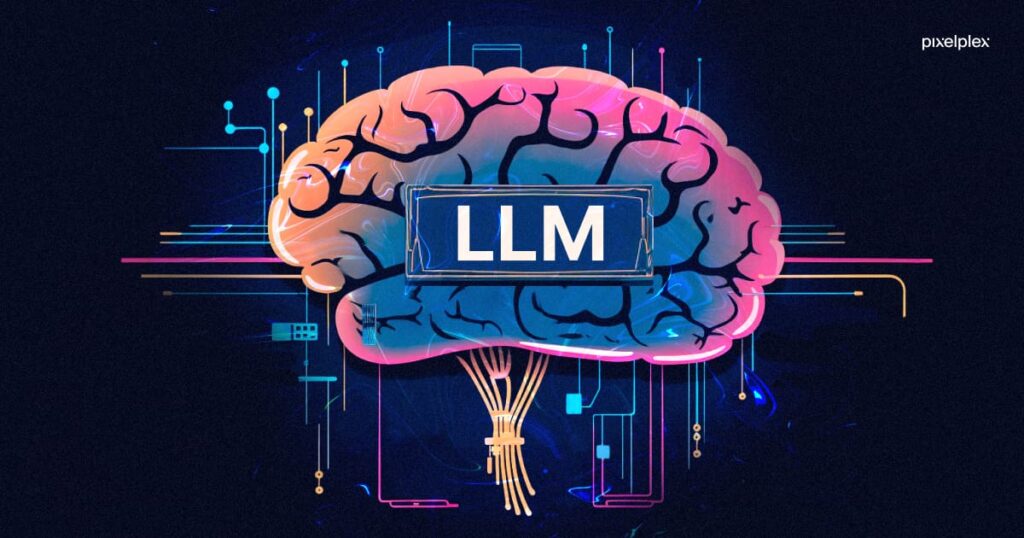As organizations increasingly explore Generative AI (GenAI), the sheer number of emerging AI models is becoming overwhelming. After deciding to integrate AI, the next critical question businesses face is: which model should they choose?
With a growing array of AI models and continuous innovations, selecting the right one can be daunting. Instead of focusing on a single vendor, adopting a flexible approach with an LLM Mesh can offer a balanced, future-proof strategy.
The Risks of Single Vendor Dependency
Relying exclusively on a single AI model can be risky. For example, if a company builds its healthcare applications around one AI model without considering alternatives, it might face issues if that model provides inaccurate results. This was evident in IBM’s experience with its Watson AI, which, despite its prominence, sometimes delivered faulty information. This led to a loss of trust and significant reputational damage.
Even widely-used tools like OpenAI’s ChatGPT face scrutiny regarding governance, adding another layer of risk for companies that pin their future on a single AI model. Avoiding single-vendor lock-in is crucial for managing the fast-evolving AI landscape and addressing concerns about security, ethics, and stability. Shifting to an LLM Mesh approach allows businesses to adapt and leverage multiple AI models effectively.
The LLM Mesh Approach: Embracing Flexibility
The LLM Mesh approach enables businesses to seamlessly transition between different AI models. By simplifying backend connections and API integrations, it allows companies to switch models easily as their needs evolve. This flexibility—often referred to as “wave hopping”—ensures that businesses can utilize top AI models available today while keeping options open for future innovations.
This approach helps businesses navigate the high costs associated with running LLMs, choose models that best fit their performance needs, and stay agile in a rapidly changing environment.
Why Act Now?
With nearly 90% of executives identifying GenAI as a top priority, waiting for the ideal model could put companies at a competitive disadvantage. The AI landscape is expanding rapidly, with over 125 commercial LLM models available and a 120% increase in model releases from 2022 to 2023. To avoid being left behind and to capitalize on current momentum, businesses should adopt AI technologies now.
The key takeaway is that organizations aiming to harness the benefits of GenAI without falling prey to vendor lock-in should consider the LLM Mesh approach. This strategy provides the flexibility to align with organizational priorities, future-proof AI applications, and stay ahead in the competitive landscape.
By surfing the AI wave intelligently and flexibly, companies can better position themselves to lead in the era of AI innovation.







